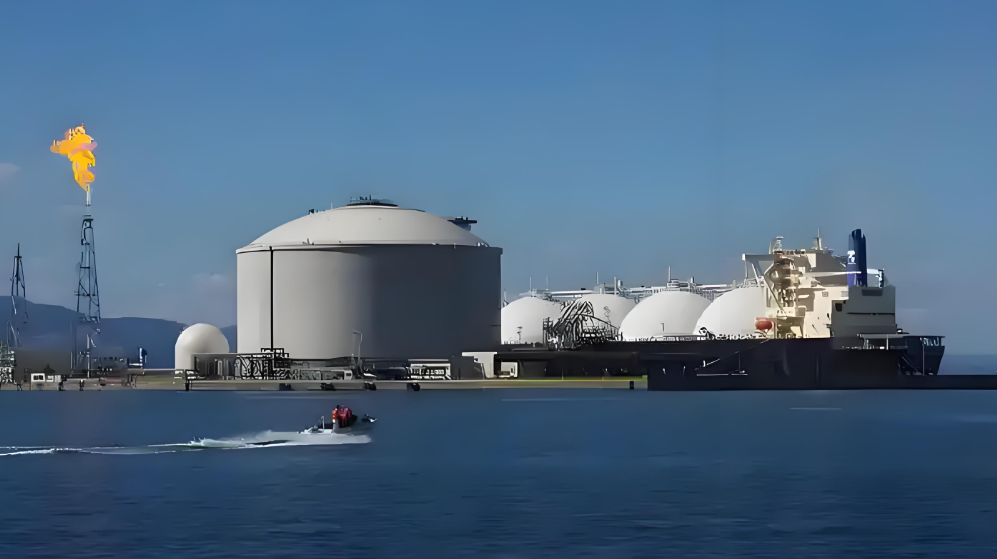The natural-gas market is heating up, propelled by tight supply, cold-weather concerns and rising demand ahead of the winter season.
Key Highlights
- The price of Natural Gas has risen over 25% in the past month and is up about 53.9% year-on-year.
- Analysts flag that inventories remain low in major consuming regions, while winter heating demand and LNG export growth add pressure to supply chains.
- The broader commodity outlook from the World Bank indicates industrial commodity prices are likely to decline in 2026 — making natural-gas one of the few that may buck the trend.
- Market participants note that strong natural-gas prices may feed into higher utility bills and inflation-linked pressures, which in turn influence central-bank policy thinking.
Natural-Gas Prices Climb Sharply
Natural gas prices have escalated markedly in recent weeks. According to data, the contract is up around 25.93% over the past month and roughly 53.90% on an annual basis. Such a strong advance reflects both short-term supply constraints and rising winter-demand expectations, especially across northern-hemisphere regions.
Supply Tightness Meets Winter and Export Demand
The supply side is under strain: inventories are lower than usual heading into winter, while export demand—particularly from liquefied natural gas (LNG) flows—continues to grow. Analysts suggest that natural-gas may be one of the few energy commodities with structural support, even as broader commodity categories face slower growth. This dual pressure of supply tightening and stronger demand sets up a potent backdrop for price strength.

Commodity Outlook Contrasts Highlight Natural-Gas Strength
In the context of the broader commodities market, many industrial and energy-linked materials face headwinds. The World Bank recently projected global commodity prices may decline by 7% in both 2025 and 2026. In that environment, natural-gas emerges as a relative outperformer, underlining the importance of sector-specific supply-demand dynamics rather than blanket commodity assumptions.
Inflation, Utilities and Policy Implications
Higher natural-gas prices carry broader economic implications. Elevated heating costs and utility bills can feed inflation, which in turn may influence central-bank decision-making, particularly in regions sensitive to energy-cost shocks. From a trading perspective, natural-gas is now not just an energy play but also a macro-risk asset that intersects with inflation and monetary-policy narratives.
Bottom Line
Natural gas is standing out in a commodity backdrop where many other assets face headwinds. Strong demand drivers, tight supply and winter cues point to further upside risk. For market participants, natural-gas offers both opportunity and a barometer of broader energy and inflationary pressures.
